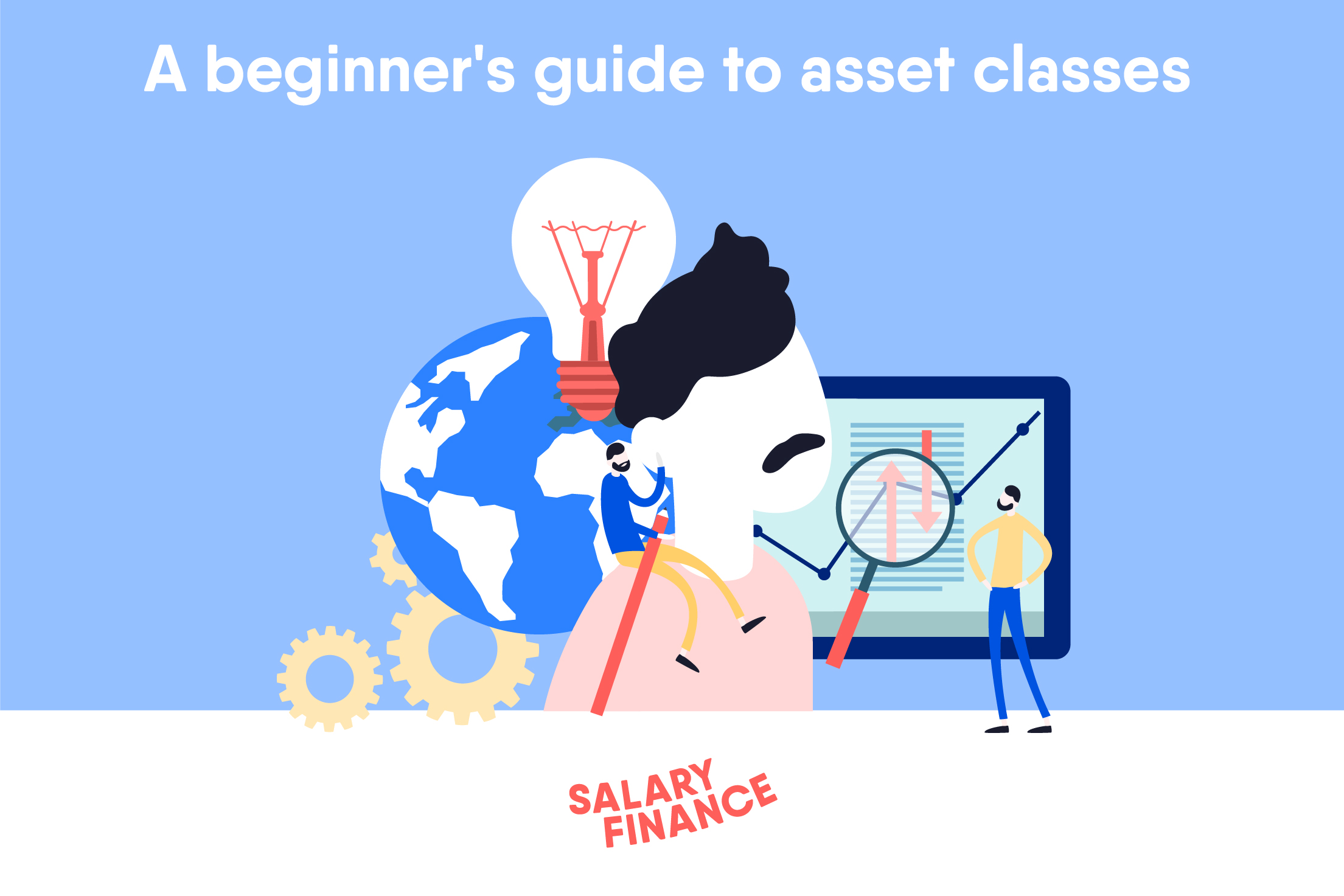
The investment landscape can be extremely dynamic and ever-evolving. But those who take the time to understand the basic principles and the different asset classes stand to gain significantly over the long haul. The first step is learning to distinguish different types of investments and what rung each occupies on the "risk ladder."
KEY TAKEAWAYS
- Investing can be a daunting prospect for beginners, with an enormous variety of possible assets to add to a portfolio.
- The investment "risk ladder" identifies asset classes based on their relative riskiness, with cash being the most stable and alternative investments often being the most volatile.
- Sticking with index funds or exchange traded funds that mirror the market is often the best path for a new investor.
Understanding the investment risk ladder
Here are the major asset classes, in ascending order of risk, on the investment risk ladder.
Cash
A cash bank deposit is the simplest, most easily understandable investment asset—and the safest. Not only does it give investors precise knowledge of the interest they'll earn, but it also guarantees they'll get their capital back.
On the downside, the interest earned from cash socked away in a savings account seldom beats inflation. Certificates of deposit (CDs) are highly liquid instruments, very similar to cash that are instruments that typically provide higher interest rates than those in savings accounts. However, money is locked up for a period of time and there are potential early withdrawal penalties involved.1
Bonds
A bond is a debt instrument representing a loan made by an investor to a borrower. A typical bond will involve either a corporation or a government agency, where the borrower will issue a fixed interest rate to the lender in exchange for using their capital. Bonds are commonplace in organizations that use them in order to finance operations, purchases, or other projects.2
Bond rates are essentially determined by the interest rates. Due to this, they are heavily traded during periods of quantitative easing or when the Federal Reserve—or other central banks—raise interest rates.3
Mutual funds
A mutual fund is a type of investment where more than one investor pools their money together in order to purchase securities. Mutual funds are not necessarily passive, as they are managed by portfolio managers who allocate and distribute the pooled investment into stocks, bonds, and other securities. Individuals may invest in mutual funds for as little as $1,000 per share, letting them diversify into as many as 100 different stocks contained within a given portfolio.
Mutual funds are sometimes designed to mimic underlying indexes such as the S&P 500 or DOW Industrial Index. There are also many mutual funds that are actively managed, meaning they are updated by portfolio managers who carefully track and adjust their allocations within the fund. However, these funds generally have greater costs—such as yearly management fees and front-end charges—which can cut into an investor's returns.
Mutual funds are valued at the end of the trading day, and all buy and sell transactions are likewise executed after the market closes.4
Exchange Traded Funds (ETFs)
Exchange traded funds (ETFs) have become quite popular since their introduction back in the mid-1990s. ETFs are similar to mutual funds, but they trade throughout the day, on a stock exchange. In this way, they mirror the buy-and-sell behavior of stocks. This also means their value can change drastically during the course of a trading day.
ETFs can track an underlying index such as the S&P 500 or any other "basket" of stocks the issuer of the ETF wants to underline a specific ETF with. This can include anything from emerging markets, commodities, individual business sectors such as biotechnology or agriculture, and more. Due to the ease of trading and broad coverage, ETFs are extremely popular with investors.5
Stocks
Shares of stock let investors participate in the company’s success via increases in the stock’s price and through dividends. Shareholders have a claim on the company’s assets in the event of liquidation (that is, the company going bankrupt) but do not own the assets.
Holders of common stock enjoy voting rights at shareholders’ meetings. Holders of preferred stock don’t have voting rights but do receive preference over common shareholders in terms of the dividend payments.6
Alternative investments
There is a vast universe of alternative investments, including the following sectors:
- Real estate: Investors can acquire real estate by directly buying commercial or residential properties. Alternatively, they can purchase shares in real estate investment trusts (REITs). REITs act like mutual funds wherein a group of investors pool their money together to purchase properties. They trade like stocks on the same exchange.7
- Hedge funds and private equity funds: Hedge funds, which may invest in a spectrum of assets designed to deliver beyond market returns, called "alpha." However, performance is not guaranteed, and hedge funds can see incredible shifts in returns, sometimes underperforming the market by a significant margin. Typically only available to accredited investors, these vehicles often require high initial investments of $1 million or more. They also tend to impose net worth requirements. Both investment types may tie up an investor's money for substantial time periods.8
- Commodities: Commodities refer to tangible resources such as gold, silver, crude oil, as well as agricultural products.9
How to invest sensibly, suitably, and simply
Many veteran investors diversify their portfolios using the asset classes listed above, with the mix reflecting their tolerance for risk. A good piece of advice to investors is to start with simple investments, then incrementally expand their portfolios. Specifically, mutual funds or ETFs are a good first step, before moving on to individual stocks, real estate, and other alternative investments.
However, most people are too busy to worry about monitoring their portfolios on a daily basis. Therefore, sticking with index funds that mirror the market is a viable solution. Steven Goldberg, a principal at the firm Tweddell Goldberg Investment Management and longtime mutual funds columnist at Kiplinger.com further argues that most individuals only need three index funds: one covering the U.S. equity market, another with international equities and the third tracking a bond index.
The bottom line
Investment education is essential—as is avoiding investments you don't fully understand. Rely on sound recommendations from experienced investors, while dismissing "hot tips" from untrustworthy sources. When consulting professionals, look to independent financial advisors who get paid only for their time, instead of those who collect commissions. And above all, diversify your holdings across a wide swath of assets.
This article was originally published on Investopedia.
Sources
-
Capital One. "The Pros and Cons of CDs." Accessed Mar. 6, 2020.
-
Investor.gov. "Bonds." Accessed Mar. 6, 2020.
-
Fidelity. "Bond Prices, Rates, and Yields." Accessed Mar. 6, 2020.
-
Investor.gov. "Mutual Funds." Accessed Mar. 6, 2020.
-
Investor.gov. "Exchange-Traded Funds." Accessed Mar. 6, 2020.
-
Investor.gov. "Stocks." Accessed Mar. 6, 2020.
-
Investor.gov. "Real Estate Investment Trusts (REITs)." Accessed Mar. 6, 2020.
-
Investor.gov. "Hedge Funds." Accessed Mar. 6, 2020.
-
Investor.gov. "Commodities." Accessed Mar. 6, 2020.







